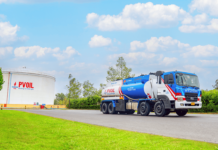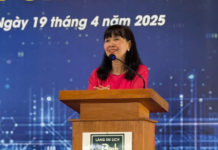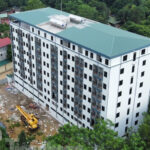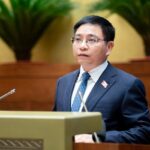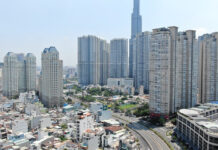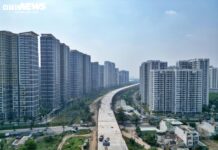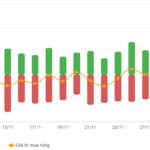On October 29, the Binh Dinh Provincial People’s Committee sent a document requesting the Binh Dinh Transportation Project Management Board to actively coordinate with relevant ministries and sectors to soon finalize the proposal to the Prime Minister regarding the investment in the construction of the second runway at Phu Cat Airport. If it exceeds their authority, they should promptly report and propose solutions to the Provincial People’s Committee for further instructions.
Earlier, in early October, Deputy Prime Minister Tran Hong Ha assigned the Ministry of Transport to coordinate with the Ministry of Planning and Investment, the Ministry of Finance, the Ministry of National Defense, the Ministry of Justice, and the Ministry of Natural Resources and Environment to advise the Prime Minister on assigning Binh Dinh province as the investor for the Phu Cat Airport project.
Phu Cat Airport was constructed in the 1960s and 1970s and began civil aviation operations in 1985. After 60 years of use, the infrastructure has deteriorated, and its low capacity can only accommodate reduced operations of aircraft types such as A320/321 and equivalents. The aircraft parking area can accommodate seven parking positions, and the passenger terminal and technical infrastructure are synchronized, designed for a capacity of about two million passengers per year.

Investment in Expanding Phu Cat Airport
|
According to the approved Phu Cat Aviation Planning for the period of 2021-2030, with a vision to 2050, the airport will be planned to have a second runway parallel to and about 215 meters away from the existing runway to operate civil aviation relatively independently from military operations.
As proposed by the Binh Dinh Provincial People’s Committee, the planned items for the Phu Cat Airport include the construction of the second runway, connecting taxiways, and other works in the aviation area; relocation of military works to hand over land for the expansion of the civil aviation area; and the construction of the civil aviation area.
In the immediate future, it is proposed to invest in the construction of the second runway, connecting taxiways, and other works in the aviation area, with a total investment of about VND 3,013 billion, to meet the socio-economic development needs of the locality.
“A Visionary Transportation Project: High-Speed Rail Linking Vietnam’s North and South with an Estimated Investment of 67.34 Billion USD”
Continuing its agenda for the 8th session, on the morning of November 13, the National Assembly listened to the Report on the investment policy for the high-speed North-South railway project.











